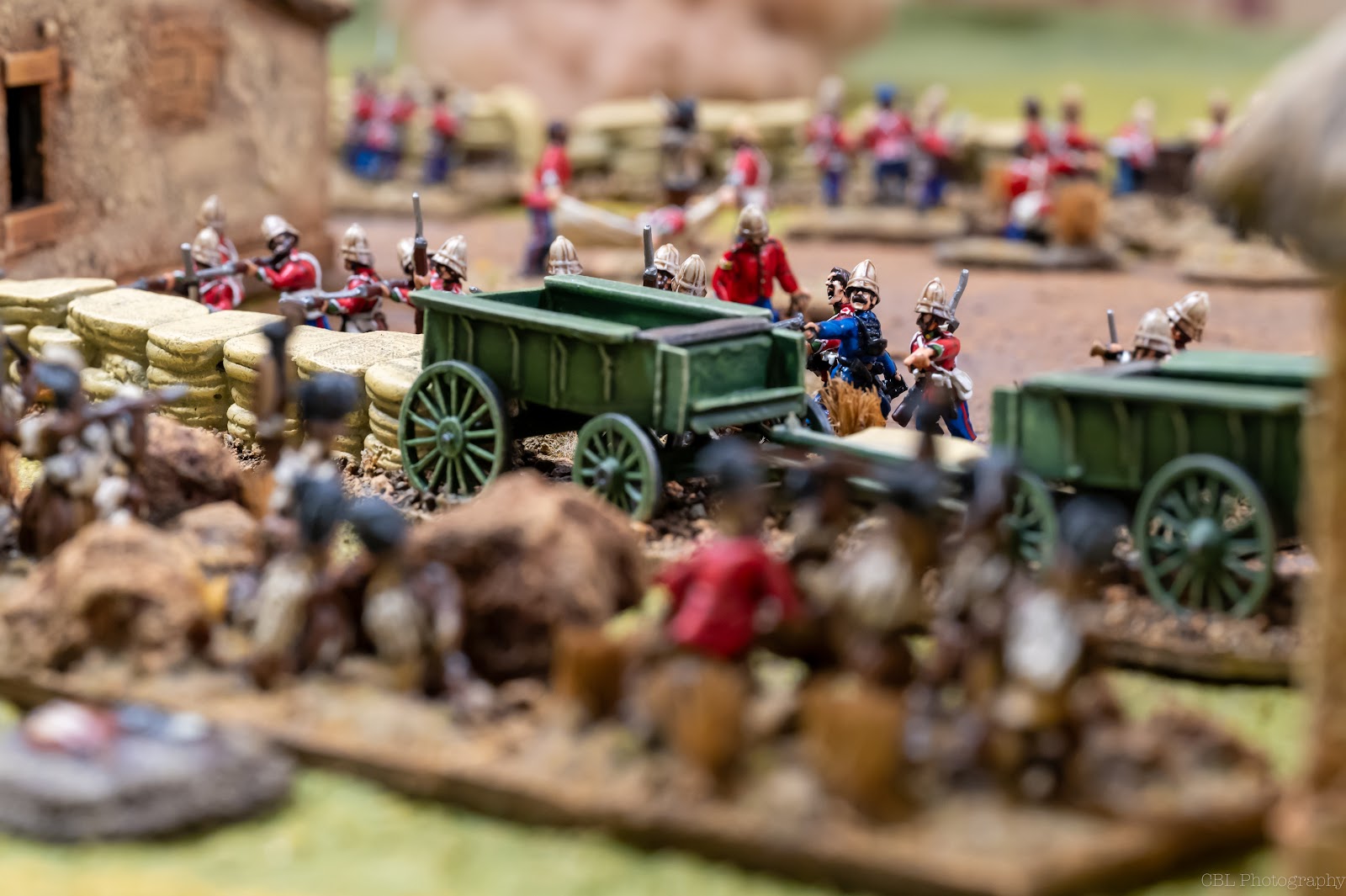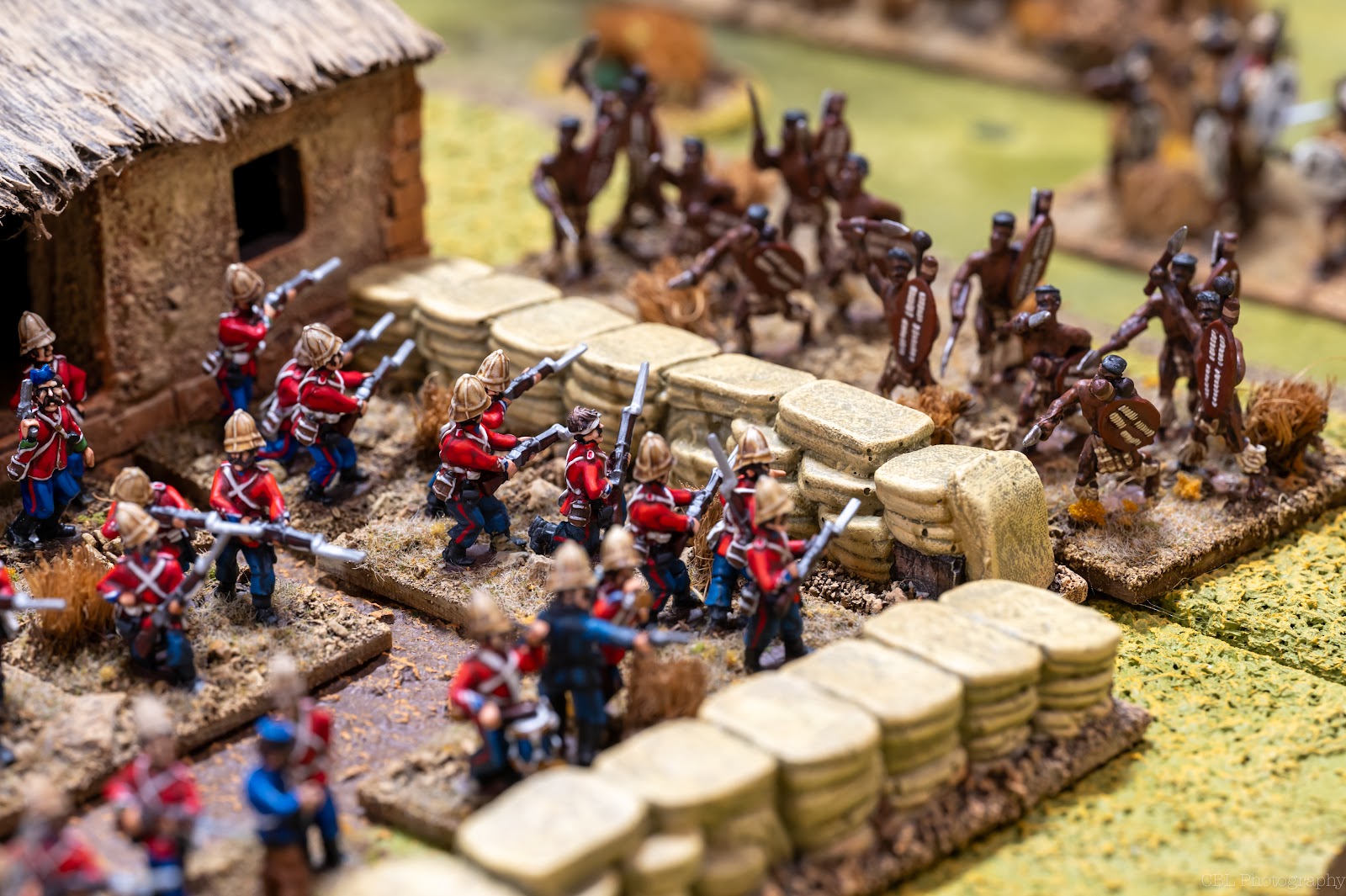Skirmish gaming and few comments about Shawn Taylor’s Mourir pour l’Indochine
If you are reading this you are probably already interested in the war in Indo-China that culminated in the defeat of the French colonial army at Dien Bien Phu in 1954. In many ways this is a forgotten war, overshadowed by the subsequent US involvement and the more familiar moniker, the Vietnam War. But this French conflict has a character of its own blending older technologies with the familiar helicopters and river boats of the later war. What Shawn has done is take a very serious look at the war from an intimate perspective. Mourir pour l’Indochine will put you into the firing line and the chaos of low-level combat.
First, I have to make clear two things. Shawn is a friend of mine and I like to support his games. I did some text editing for this book. Second, this is not the type of game I usually play. I love the “big game” and play and write rules that support epic battles played with 28mm models. Shawn’s game is not that. Mourir is definitively a skirmish game and usually I run from these. My problem with skirmish games is that they are either too simple and lack period feel or are too detailed and heavy going.
It might seem strange, but I like this hobby because I am fascinated by military history, tactical problems, and how military systems and doctrines were developed and applied to resolve those problems. I am not interested in the killing. It is the tragedy of war. And yet, this is often where simple skirmish games devolve with clusters of figures running around the table simply killing off their opponents or suffering the same in return. Militaries don’t function that way. As Phil Sabin pointed out in one of his scholarly pieces, if ancient armies fought each other like dueling fools, a la Hollywood, half of both sides would be dead and no one would win or lose. And it makes a mockery of history where it is clear that miliary organization was about keeping men secure and controlled and that losing that control meant a devolution into chaos. Serious losses occurred once one side or the other fell into disarray. If a game does not attempt to show that tension it has lost me unless the scenario designer has done his work to mitigate that gap in the rules. Indeed, I have played very good games with simple skirmish rules because the scenario was engaging and challenging in spite of the rules.
Now, the opposite problem -- a game that is too detailed -- can be a labour to play and yet I think skirmish games that are not saved by the intervention of the scenario designer must have a degree of detail. Shawn’s game is definitely of this type. One of the game play-testers wrote that Mourir was a ‘labour of love’ and this is certainly true. Shawn put a huge amount of effort into addressing the technologies and tactics of this war. What is also clear is Shawn’s intimate understanding of military organization and how chains of command at the low-level of infantry combat work. Here his career in the Canadian military comes through. Mourir puts you into the firefight and forces you to make command decisions for your fire-teams that respects the limits of their assets and training/quality. As you would expect, running a force of Vietminh is different than commanding a French patrol. Vietminh field craft and tactics gave them advantages “beyond the wire” but the French had assets like artillery support that could save them from certain defeat. Using these assets and managing your command and control is essential to playing this game successfully. And this is clearly something that must be learned. The game is not a conventional I-GO-U-Go. As one side performs actions, respecting their command hierarchy, keeping their fire-teams coordinated and thinking carefully about the order of actions using fire and movement tactics and how the available weapon systems interact, the enemy can interrupt that process with interdiction fire in effect robbing the enemy of initiative. Both sides need to be involved and focused on what is happening. I think that a skirmish game demands this kind of interaction and Mourir delivers.
I think Mourir pour I’Indochine does what it promises. It provides a detailed and evocative game of low-level infantry combat (with support weapons and vehicles) set in the diverse terrain of Indo-China. This is not a beer and pretzels game and requires a degree of dedication to the history and the level of combat to play effectively. If you don’t want to be immersed in your game, this ruleset might not be to your liking – there are lots of generic and simple skirmish games out there that might suit you better. But if you want to think about how to best set-up an ambush or how to arrange your patrol to get out of that inevitable crossfire, this might be the game for you.














